Discover Delve
Terracotta Army - The Eighth Wonder, Now Yours!
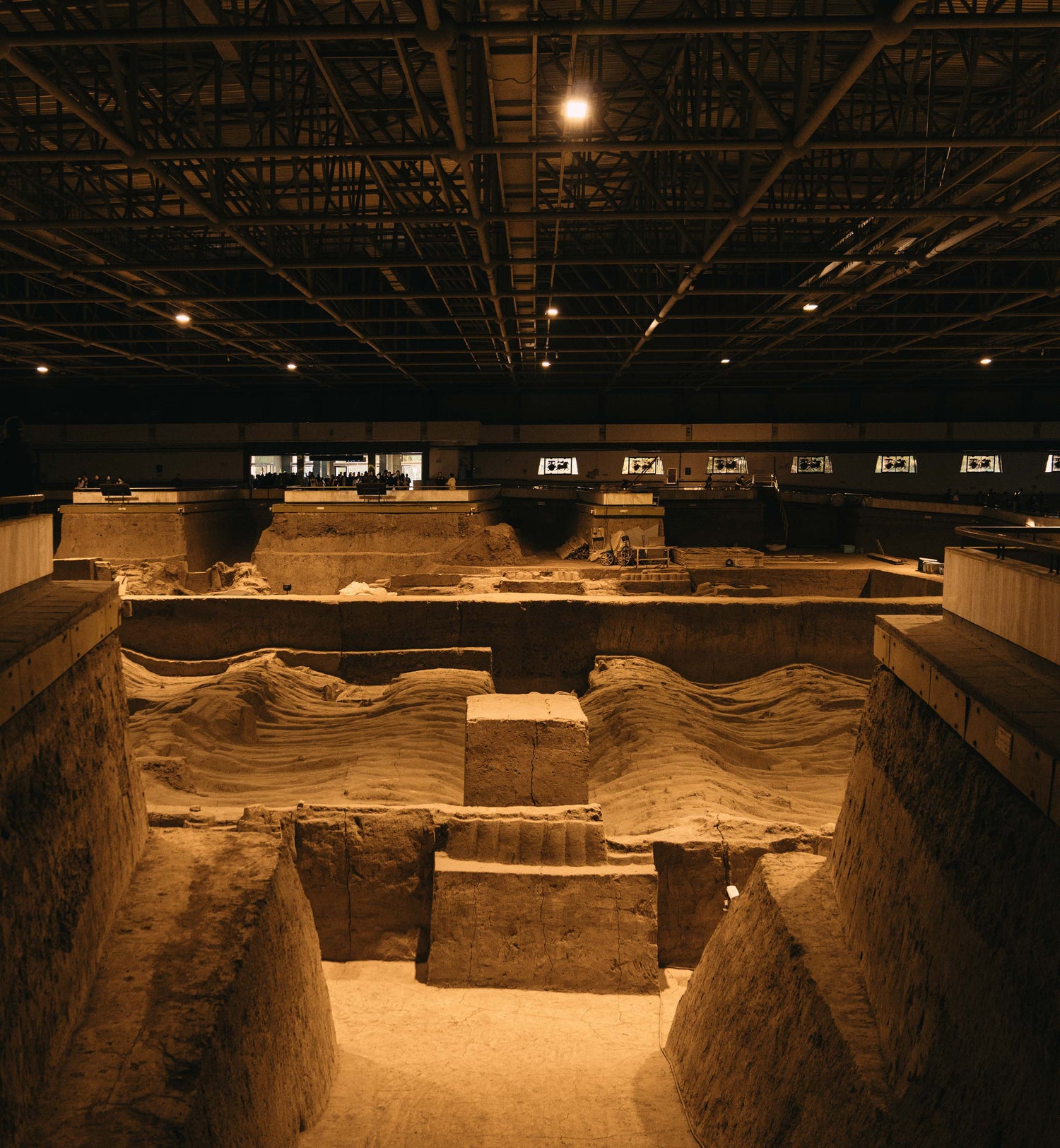
Introduction
Reputed as one of the greatest archaeological finds in the 20th century and the 8th wonder of the world, Terracotta Warriors and Horses was made by Emperor Qin(259~210 BC), the first Emperor of China. In ancient China, people believed in after-world, thus, Emperor Qin built the Terracotta Warriors and Horses as his underground army to protect his soul in the after-world.In 1979, Qin Terracotta Warriors and Horses Museum was open to the public on the excavation site.
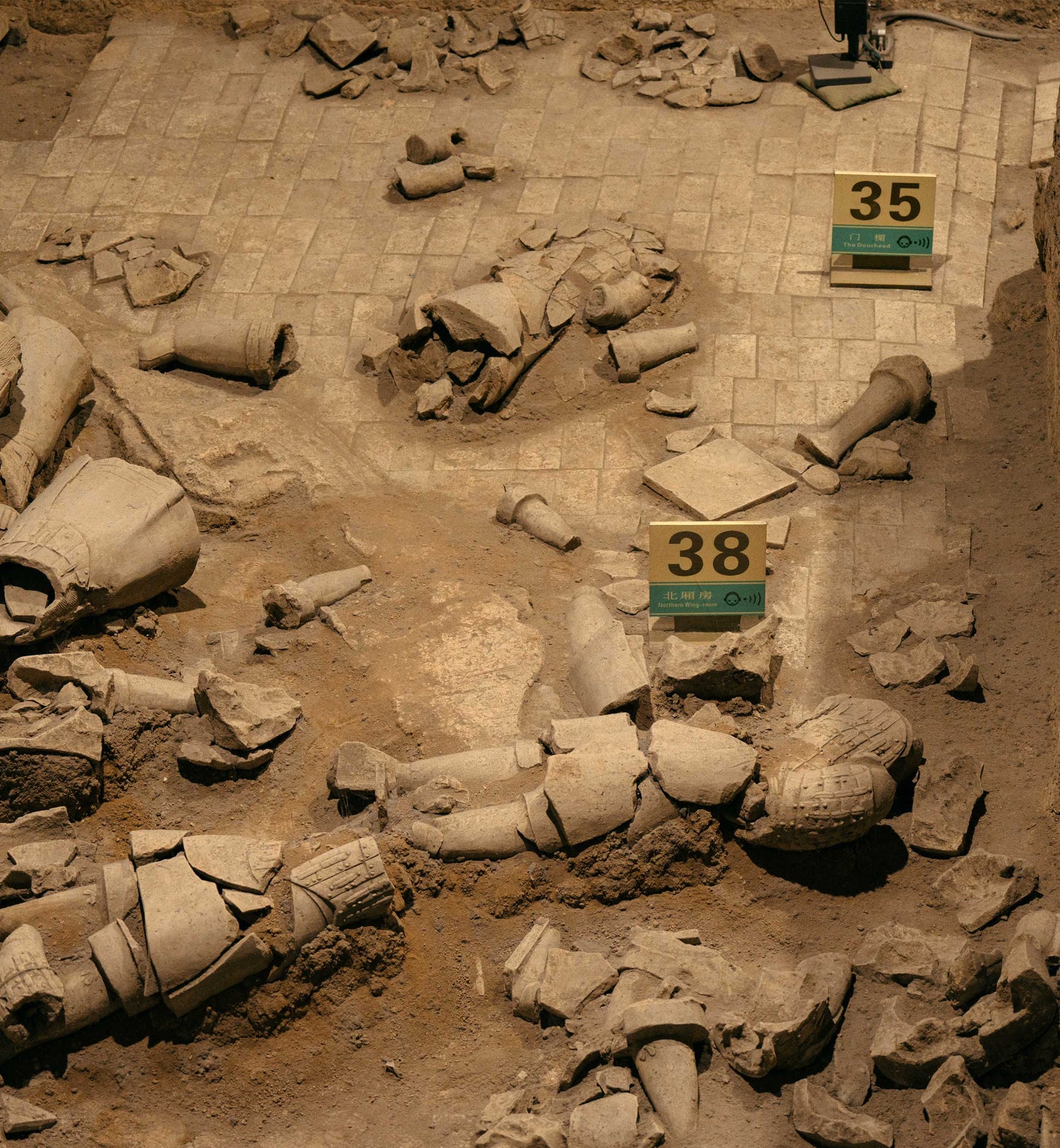
Restoration
The conservation and restoration work of the Terracotta Warriors, image a little bit, like a hospital to patients, mainly is the object is different, even a statue with relatively fewer debris will take three restorers one to 3 months to repair. Not to mention that some difficult ones need the effort of several years. So far, a Terracotta General holds the longest repair record of 2 years.None of the Terracotta Warriors were complete when they were unearthed, they have been disfigured and mutilated when discovered.
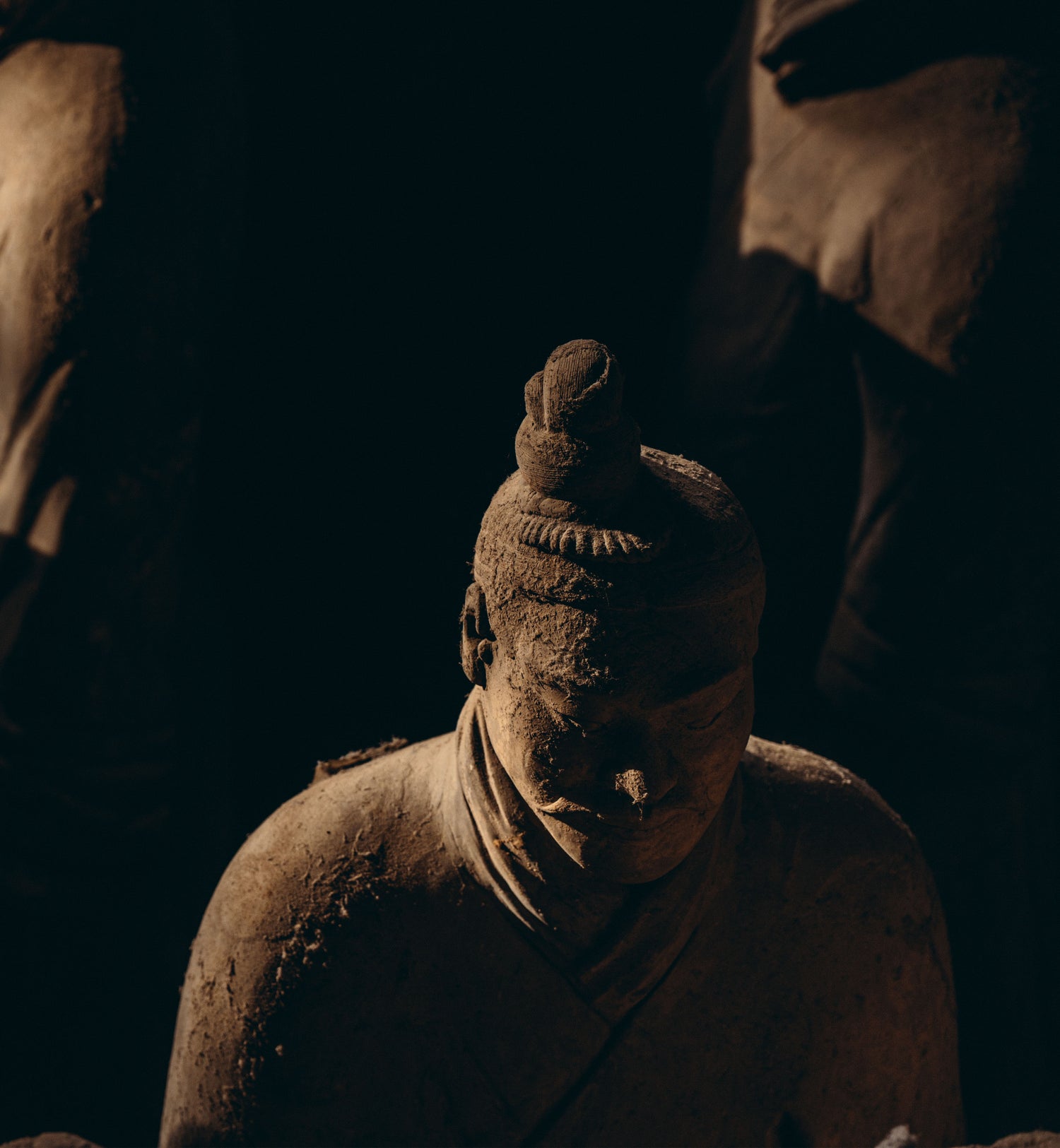
Discovery
In 1974, Terracotta Warriors were unearthed near Xi'an. This accidental discovery occurred when local farmer Yang Zhifa and his fellow farmers stumbled upon the warriors while digging a well. In July 1974, an archaeological team was sent to excavate the discovery site and the first discovered Terracotta Warriors pit was called pit 1. In 1976, pit 2 was found in the north of the eastern part of pit 1. In the same year, pit 3 was found in the north of the western part of pit 1. Now, 3 pits are all opened to the public, no matter when you come to Xian, visiting the Terracotta Warriors and Horses is the No.1 thing to do in Xian.
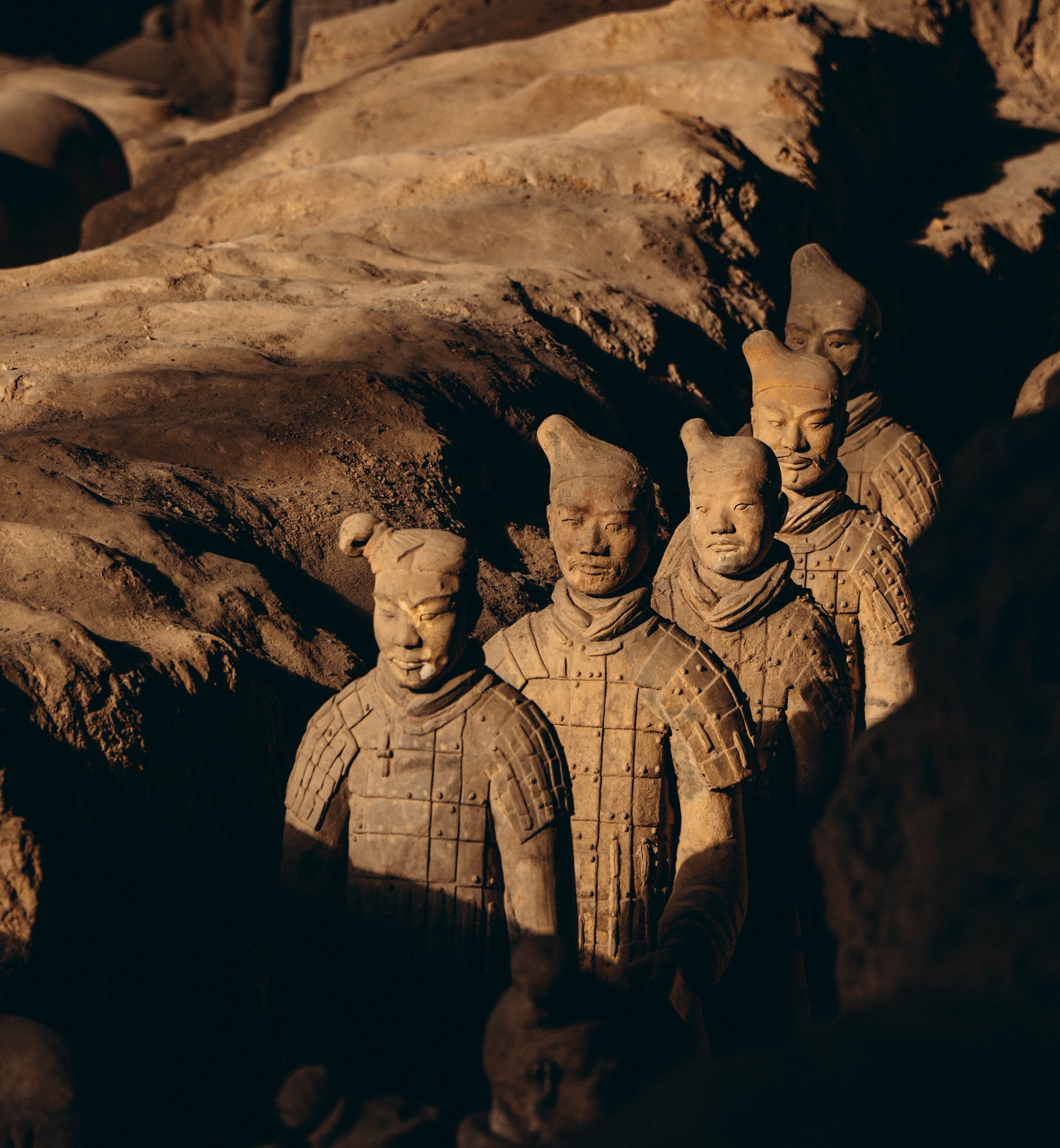
The Eighth Wonder
When Xi'an Terracotta Army was discovered in 1974, this enormous sculpture group amazed the world. About 8,000 warriors, 100 chariots, 400 horses, and more than 100,000 weapons have been unearthed. It was the 8th wonder of the world and became a UNESCO world heritage site in 1987. No two warriors are alike, the figures were originally painted in bright colors, including scarlet, green, black, and purple. The moist environment underground was more suited to the preservation of the paint. Once the figures were excavated, the change of the humidity led to more cracks and warping on the surface, and is the main factor resulting in the fading of the colors.
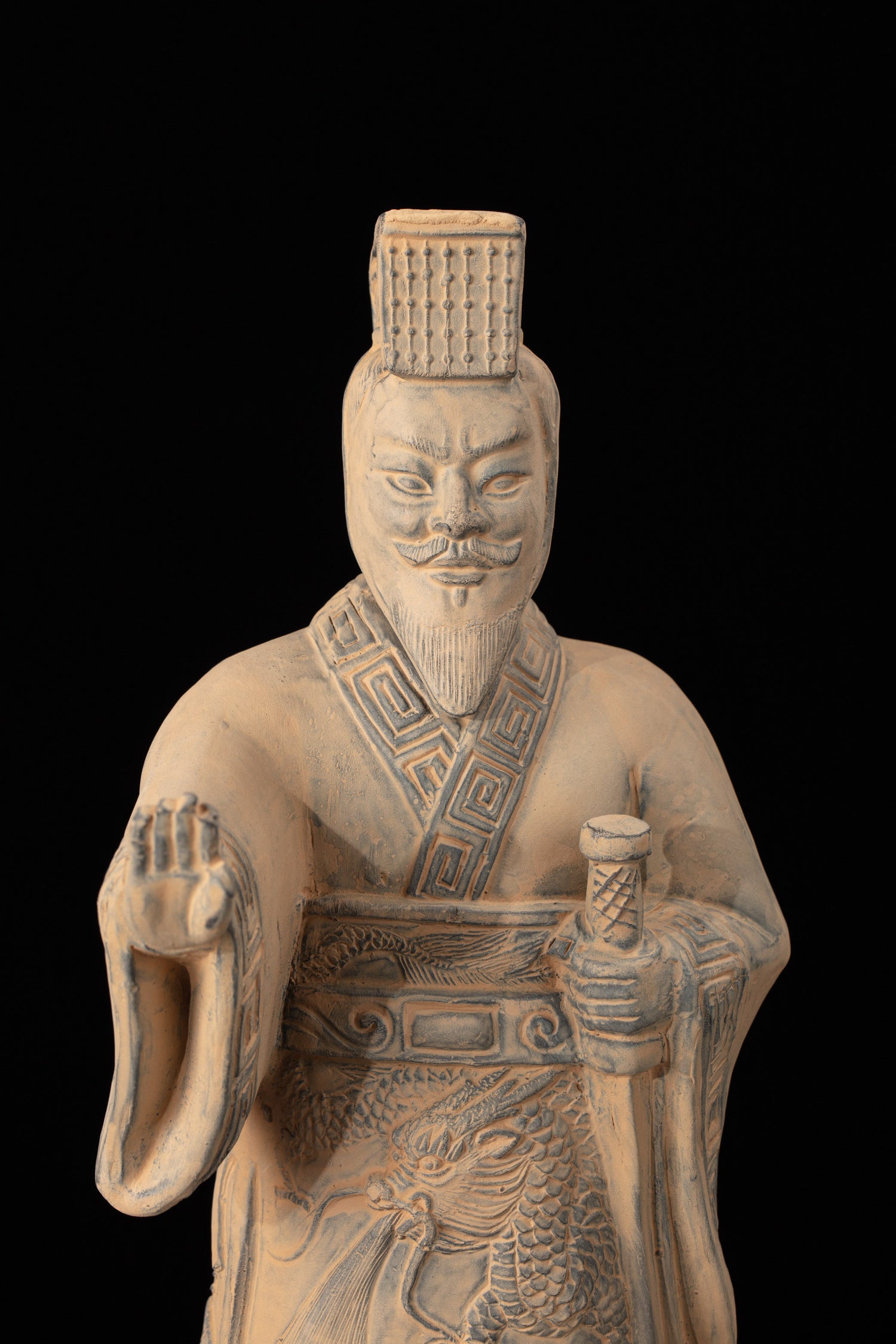
Emperor Qin
Emperor Qin renowned for unifying China, he implemented central governance, standardized currency, and commissioned the warriors as an afterlife army. Emperor Qin put over 700,000 workers(the figure is larger than any city of the world at that time) to the construction and the whole project lasted 37 years. The Terracotta Army stimulates the ancient battle array, forms a magnificent military scene, and reveals the true face of qin army.
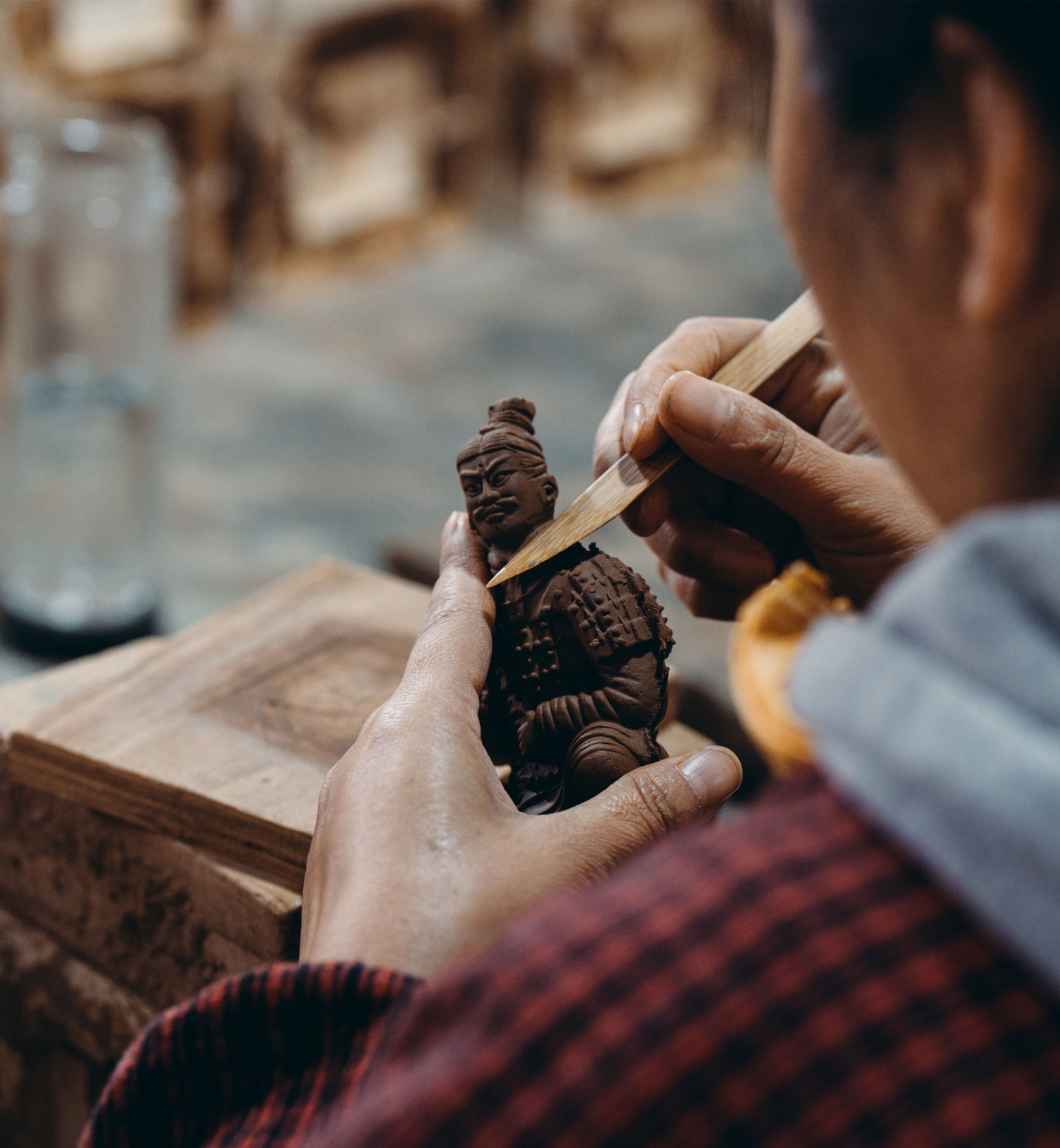
Craftsmanship and Process
How did they make these warriors? It wasn't just throwing clay around. Each figure went through some serious crafting, sculpting, firing in kilns, and careful pigment application. Preservation tricks have uncovered the nitty-gritty details, showing off the crafty skills of the qin dynasty.
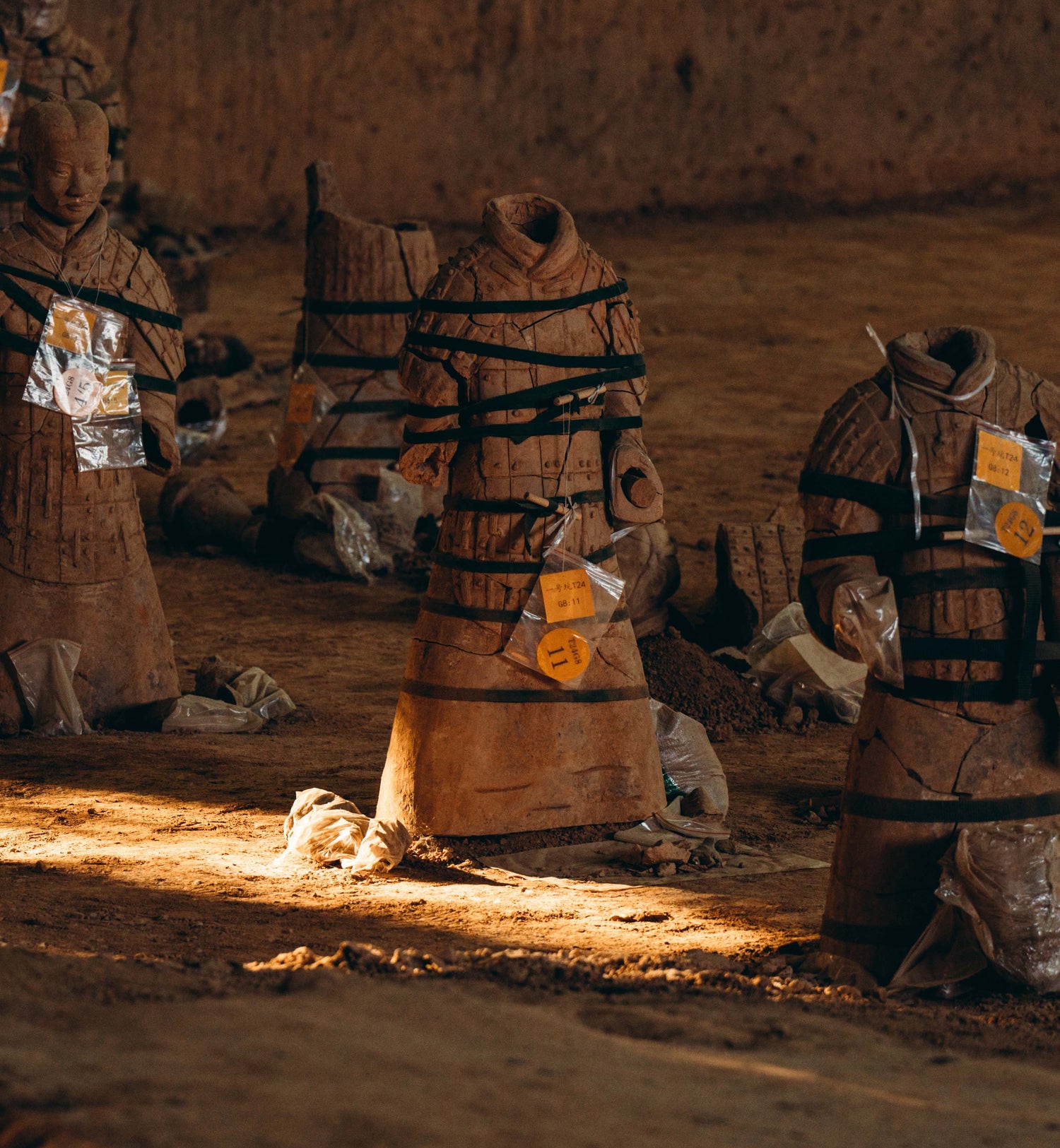
Why do Terracotta Warriors still matter?
Terracotta Warriors shows the glorious lifetime of Emperor Qin, he had made great achievements like unifying the separate states, commanding the construction of the Great Wall to defend against nomads. Standing in front of the warriors, you can imagine how Emperor Qin commanded the military forces to complete the amazing feat of unifying the country. Through these reproductions, we're inviting you to get up close with the amazing history and artsy vibes of ancient China.



